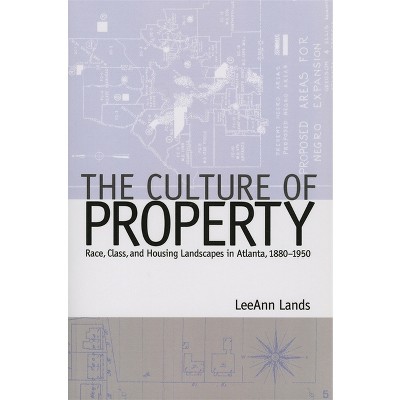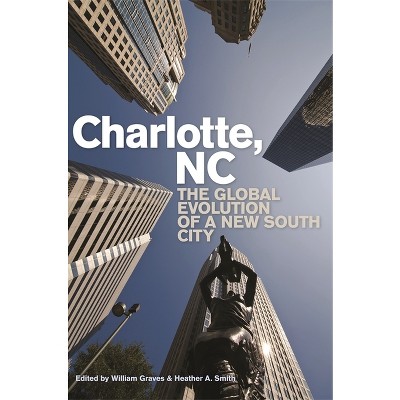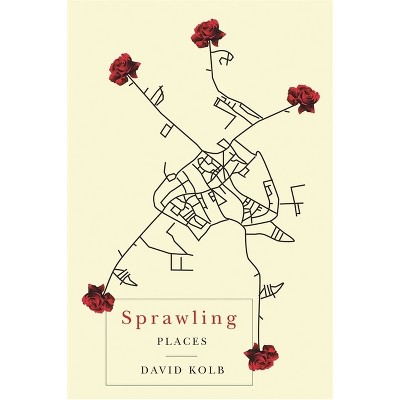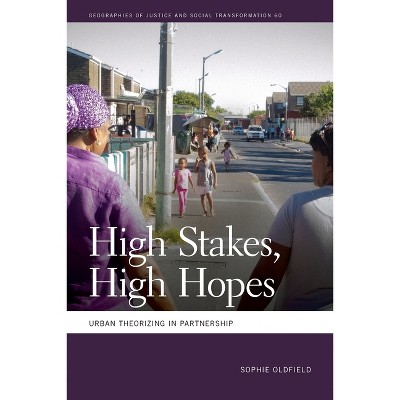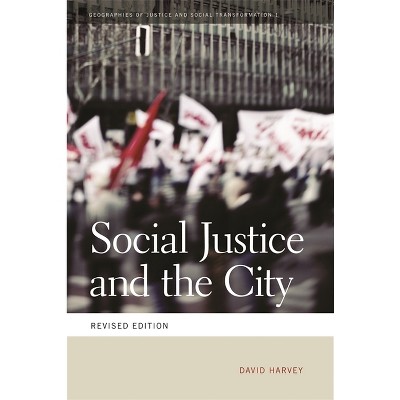About this item
Highlights
- What wilderness lover, asks John Tallmadge, "would ever dream of settling deep in the Rust Belt astride polluted rivers?
- About the Author: John Tallmadge is an environmental writer, speaker, and scholar living in Cincinnati, Ohio, where he maintains an independent practice of literary and educational consulting.
- 240 Pages
- Social Science, Sociology
Description
About the Book
Tallmadge tells of dismaying early encounters with Cincinnati's seeming barenness, his growing awareness of its vitality and abundance, and finally his new vision of all nature, from the vacant lots of his neighborhood to our great New England forests and Western deserts.Book Synopsis
What wilderness lover, asks John Tallmadge, "would ever dream of settling deep in the Rust Belt astride polluted rivers?" The Cincinnati Arch holds the provocative answer to Tallmadge's question, which was prompted by his unplanned relocation from rural Minnesota to urban Ohio. Tallmadge tells of dismaying early encounters with the city's seeming barenness, his growing awareness of its vitality and abundance, and finally his new vision of all nature, from the vacant lots of his neighborhood to our great New England forests and Western deserts.
New to the city, Tallmadge saw only its concrete, glass, smog, and debris. Soon his interest, stirred by the wonder of his children at their surroundings, focused Tallmadge to the "buzzing, flapping, scurrying, chewing, photosynthesizing life forms" around him. More deeply, Tallmadge began to learn from, and not just about, the city. Nature's persistence--within him and wherever he looked--wore away at old notions of wilderness that made no allowances for human culture. The "arch" of the book's title is richly resonant: as the name of a geologic formation molding the urban landscape Tallmadge comes to love; as an archetypal building form; and, in its parabolic shape, as a metaphor for life's journey. Filled with luminous lessons of mindfulness, attentiveness, and other spiritual practices, this is a hopeful guide to finding nature and balance in unlikely places.Review Quotes
As Leonard Dubkin's Enchanted Streets did for Chicago, John Kieran's Natural History of New York City for Manhattan and Brooklyn, and Richard Mabey's Unofficial Countryside for London, Tallmadge's book will make of Cincinnati a window on the wider world where people and other species live together. A writer of scintillating image and rock-solid intellect, he works the words as only a creature well adapted to the land of language can--but he also knows his wilds, and blends the two in a delectable broth. All urban naturalists, and all those who would love to love their cities more, will read The Cincinnati Arch with keen pleasure, and thank Tallmadge for it.
--Robert Michael Pyle "Chasing Monarchs"As Tallmadge points out, most urban people are blind to the wild around them simply because they don't look for it and because they have not learned to see it. This is why I am so excited about Cincinnati Arch. We desperately (and I mean to use that word) need writing by urban people, writers whose audience is primarily urban people, and writers whose goal is to explore the immediate significance of nature to urban people.
--Richard K. Nelson "author of Heart and Blood: Living with Deer in America"I predict that The Cincinnati Arch will be looked at as a literary landmark because of its merger between nature writing and urban America. The fact that it is gorgeously written and elegantly conceived shouldn't hurt, either.
--John Elder "Reading the Mountains of Home"Tallmadge's descriptions are evocative and beautifully written, from the cathedral-like forests in the Sierra Nevada to his own backyard of the Cincinnati Arch. This is an important book that needs to reach anyone who calls this landscape 'home.'
--Ann Zwinger "Run, River, Run: A Naturalist's Journey down One of the Great Rivers of the American West"Who better to open up the presence of nature in the city than a man who never expected to find such riches there? The surprise that Tallmadge feels on discovering the pressure of wildness in the streets and yards and hills and creeks of Cincinnati becomes our surprise, as well. Tallmadge learns to see his urban surroundings as neither a wasteland nor a wonderland, but as a human settlement embraced and saturated by the green world.
--Scott Russell Sanders "author of The Force of Spirit"Tallmadge proceeds in a wholly interesting fashion to further our knowledge of the region's rich geology, as well as increasing our awareness of the natural world that doggedly survives despite asphalt and buildings. . . . A knowledgeable fellow who wears his learning lightly, Tallmadge ranges easily from Ulysses to Saint Thomas Aquinas to the Mill Creek and makes it all fit. Considering our surroundings leads naturally to larger questions of how we live in them, giving the book a heft beyond its 217 pages and justifying its subtitle, Learning from Nature in the City. Grade: A.
--Cincinnati CityBeatThe author of Meeting the Tree of Life finds nature in urban Ohio and, in the educative voyage of discovery, suggests it is not such a miracle after all. . . . Taking cues from Gary Snyder, Aldo Leopold, and Henry Thoreau, Tallmadge hunkers down to get to know just where he is. . . . Provocative and surprisingly persuasive.
--Kirkus ReviewsThis lustrous, continually deepening book, clearly the work of many years of observation and deep thought, is an insightful paean that reminds us that while it is thrilling to vacation in the wilderness, it is far more important to treasure everyday nature as manifest within ourselves and at our doorstep.
--BooklistAbout the Author
John Tallmadge is an environmental writer, speaker, and scholar living in Cincinnati, Ohio, where he maintains an independent practice of literary and educational consulting. For many years he was a professor of literature and environmental studies, teaching at institutions such as the University of Utah, Carleton College, and the Union Institute. He is also the author of "Meeting the Tree of Life" and "Reading Under the Sign of Nature," and his work has appeared in such publications as "Orion," "Audubon," "ISLE," "Whole Terrain," and "Utne Reader."






